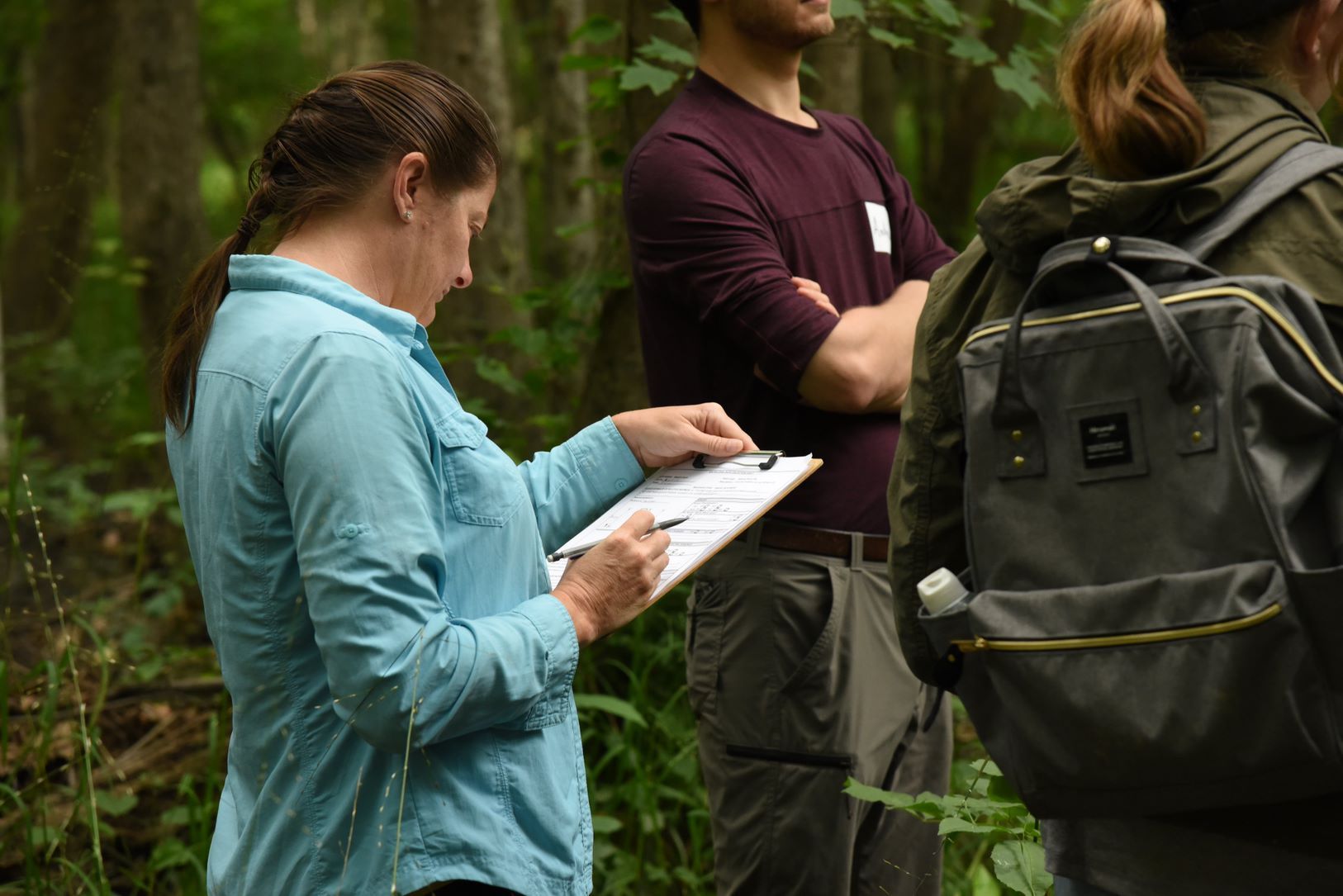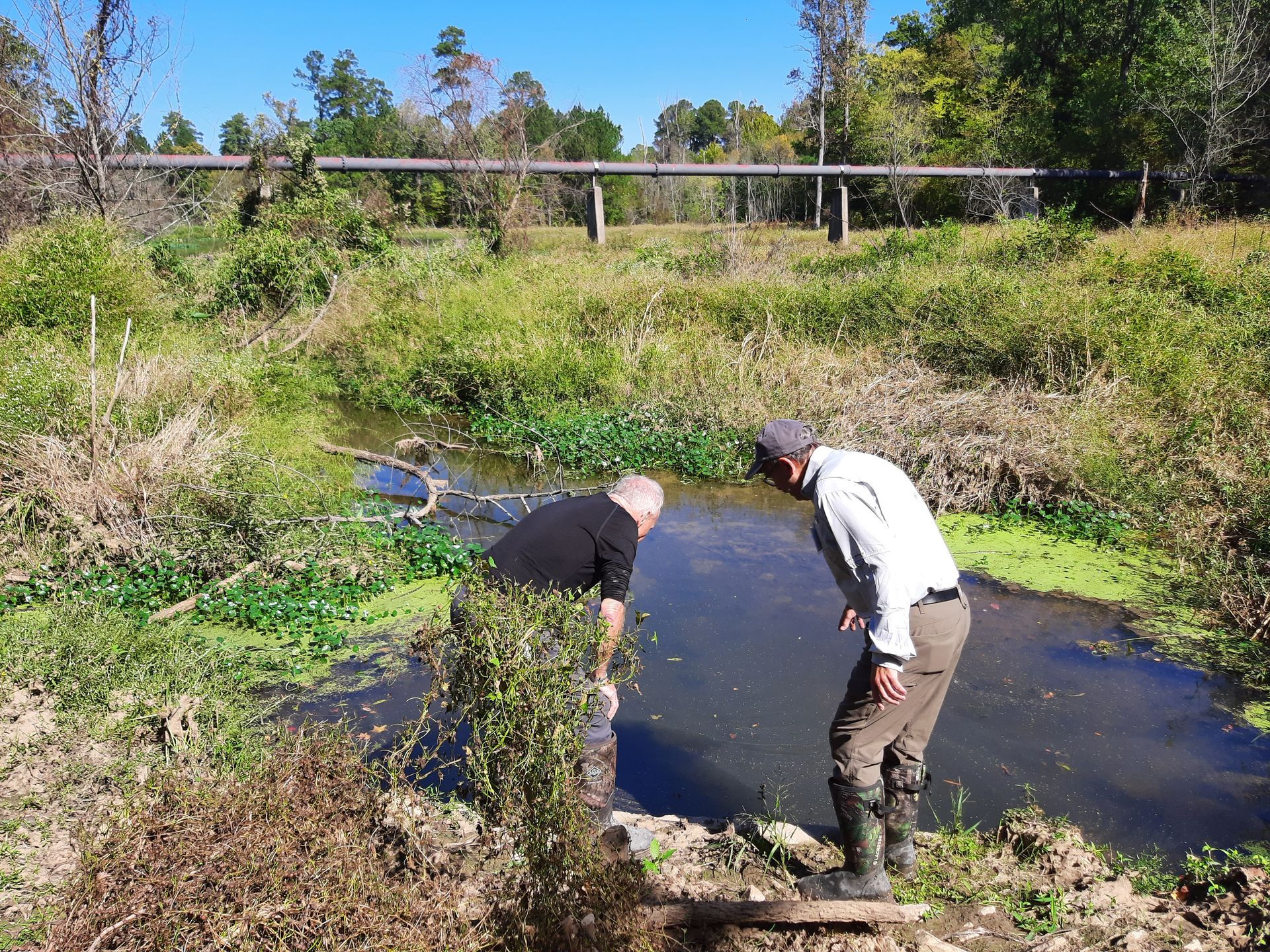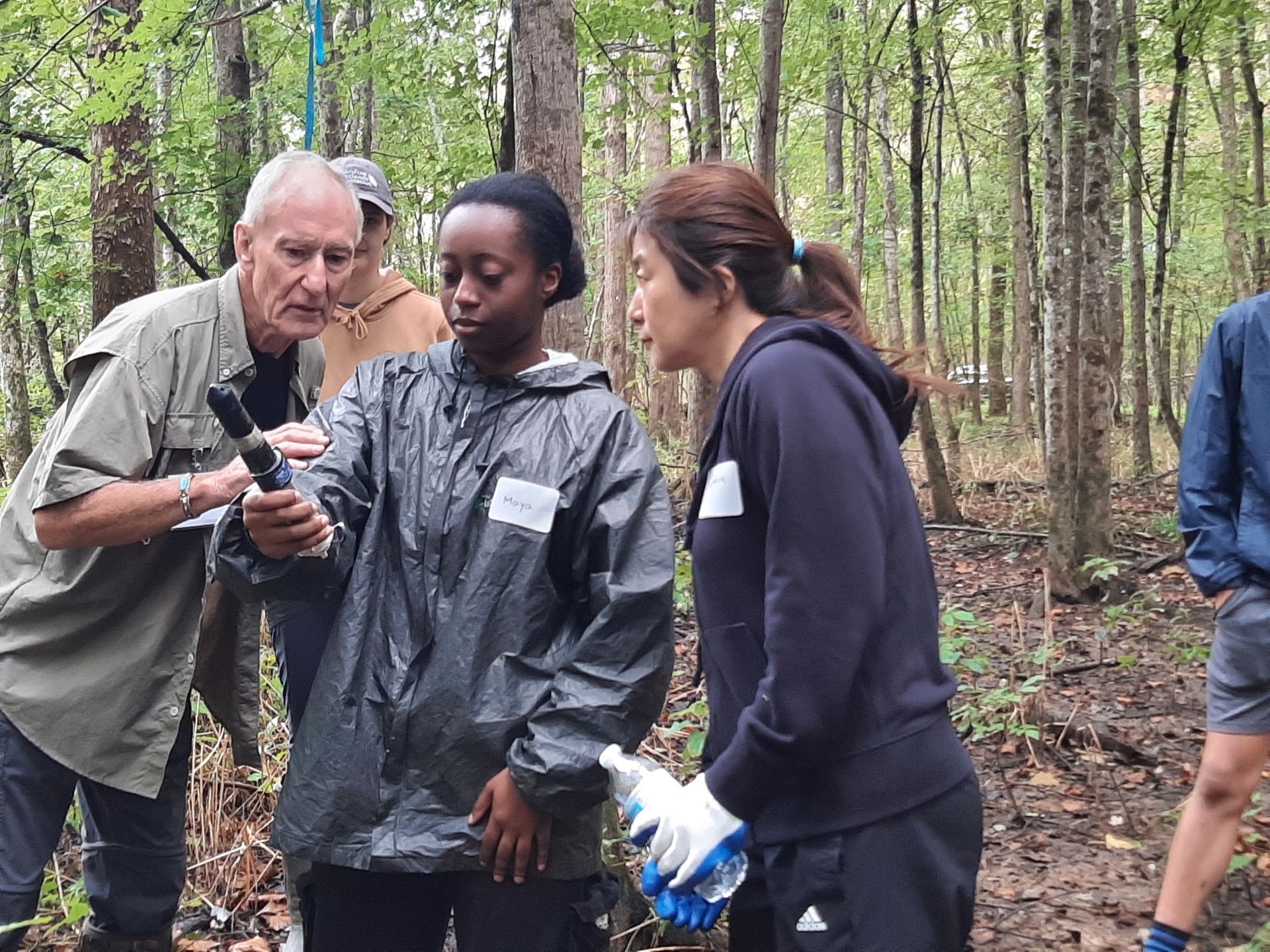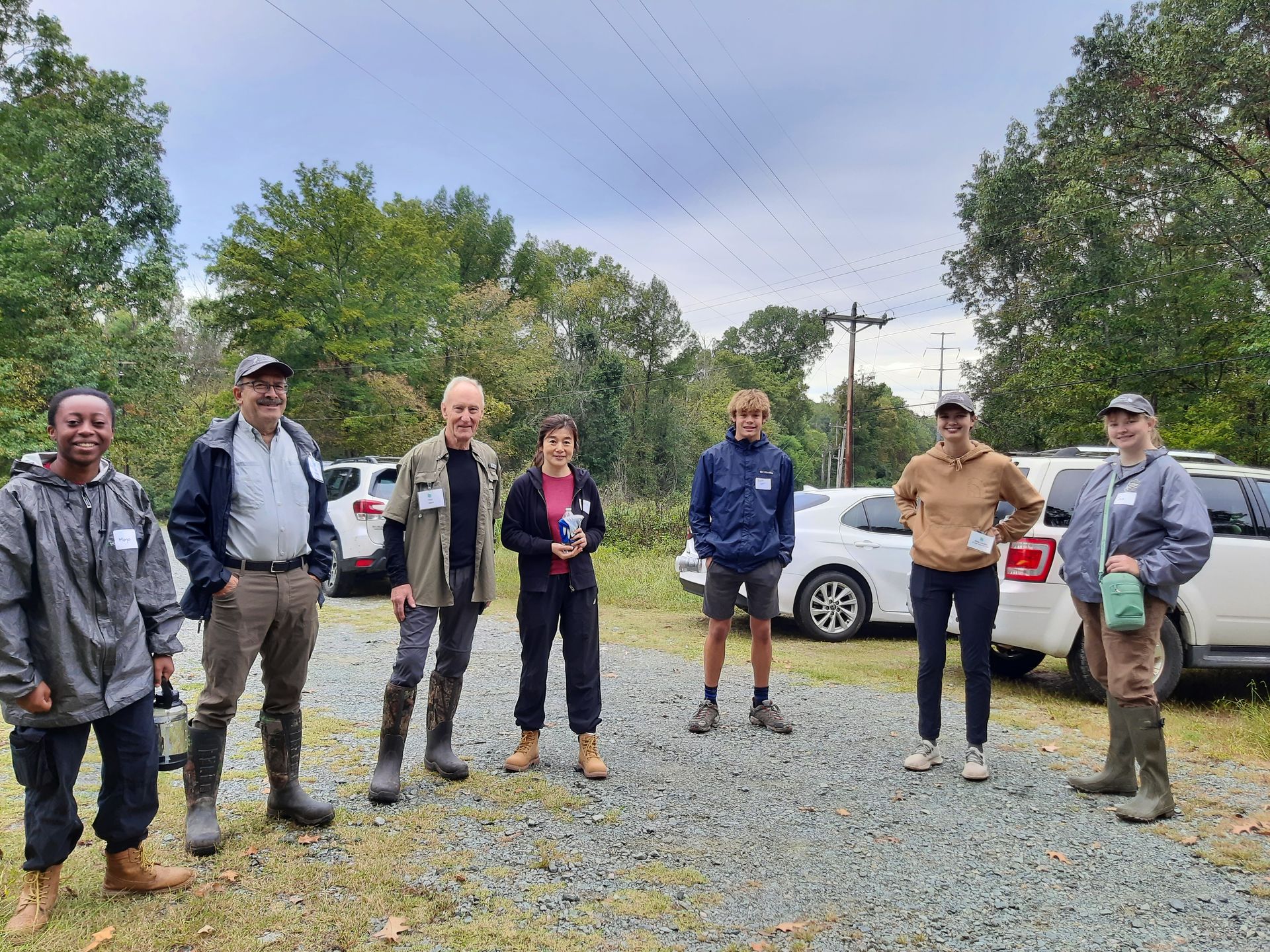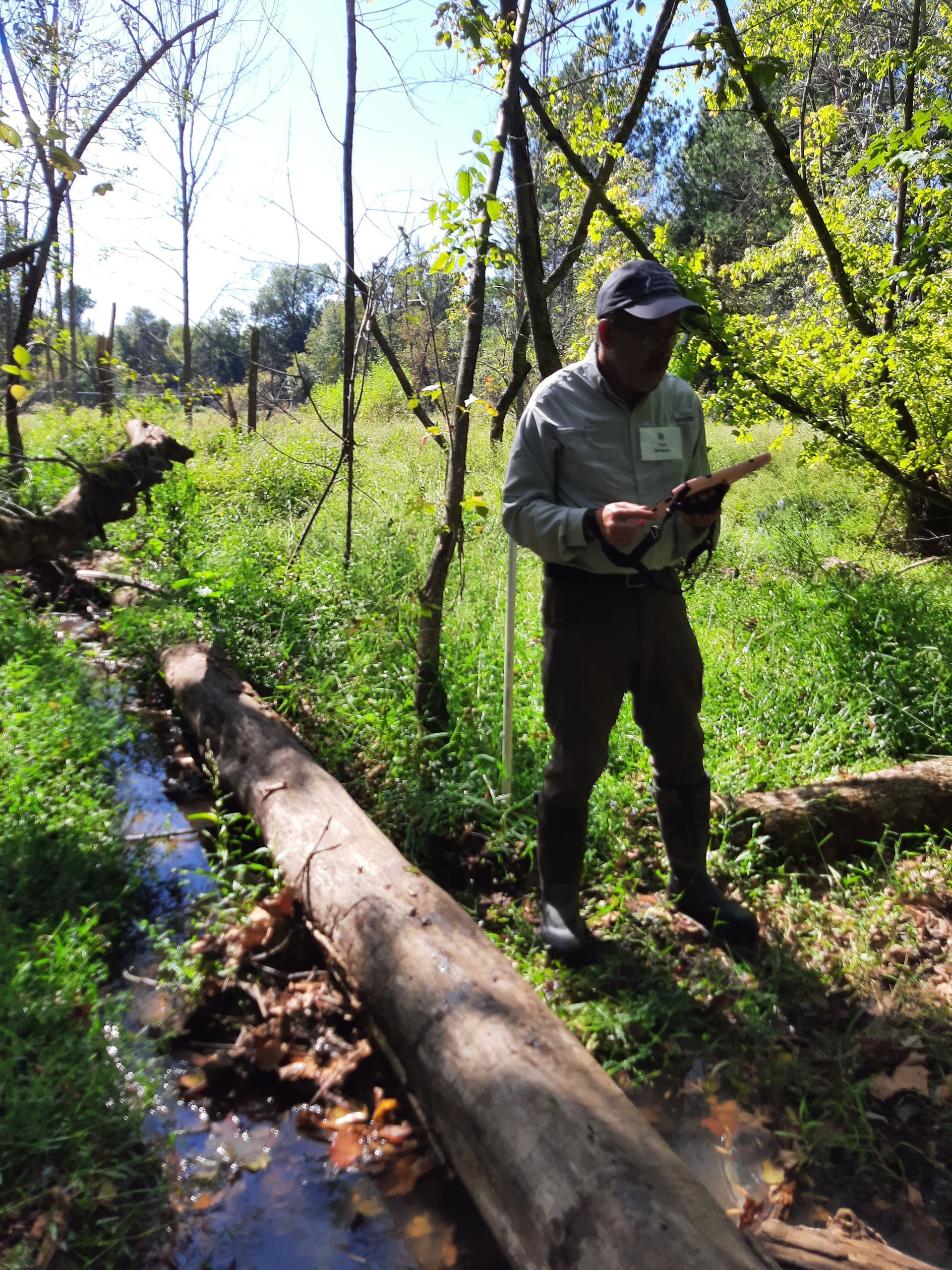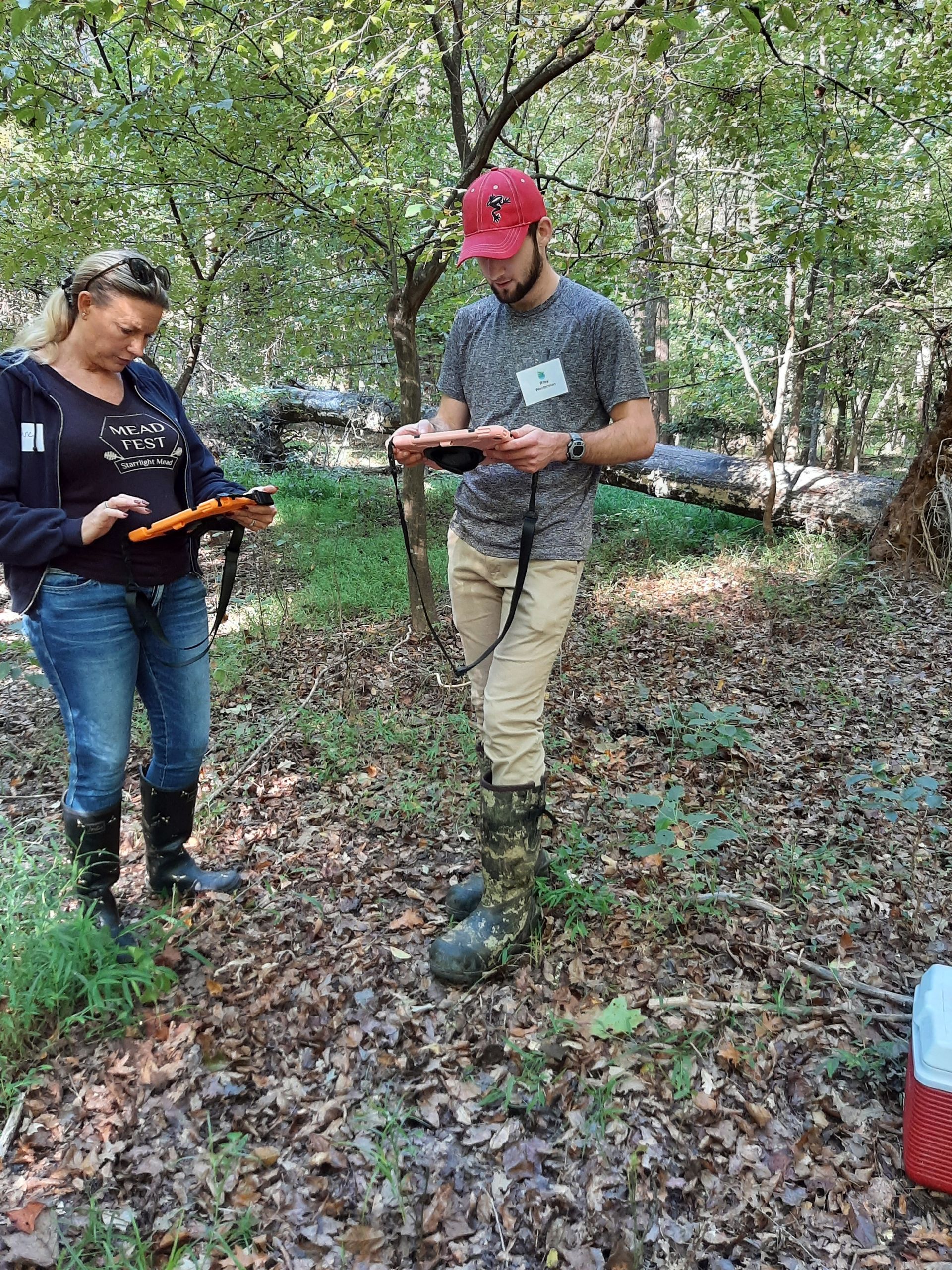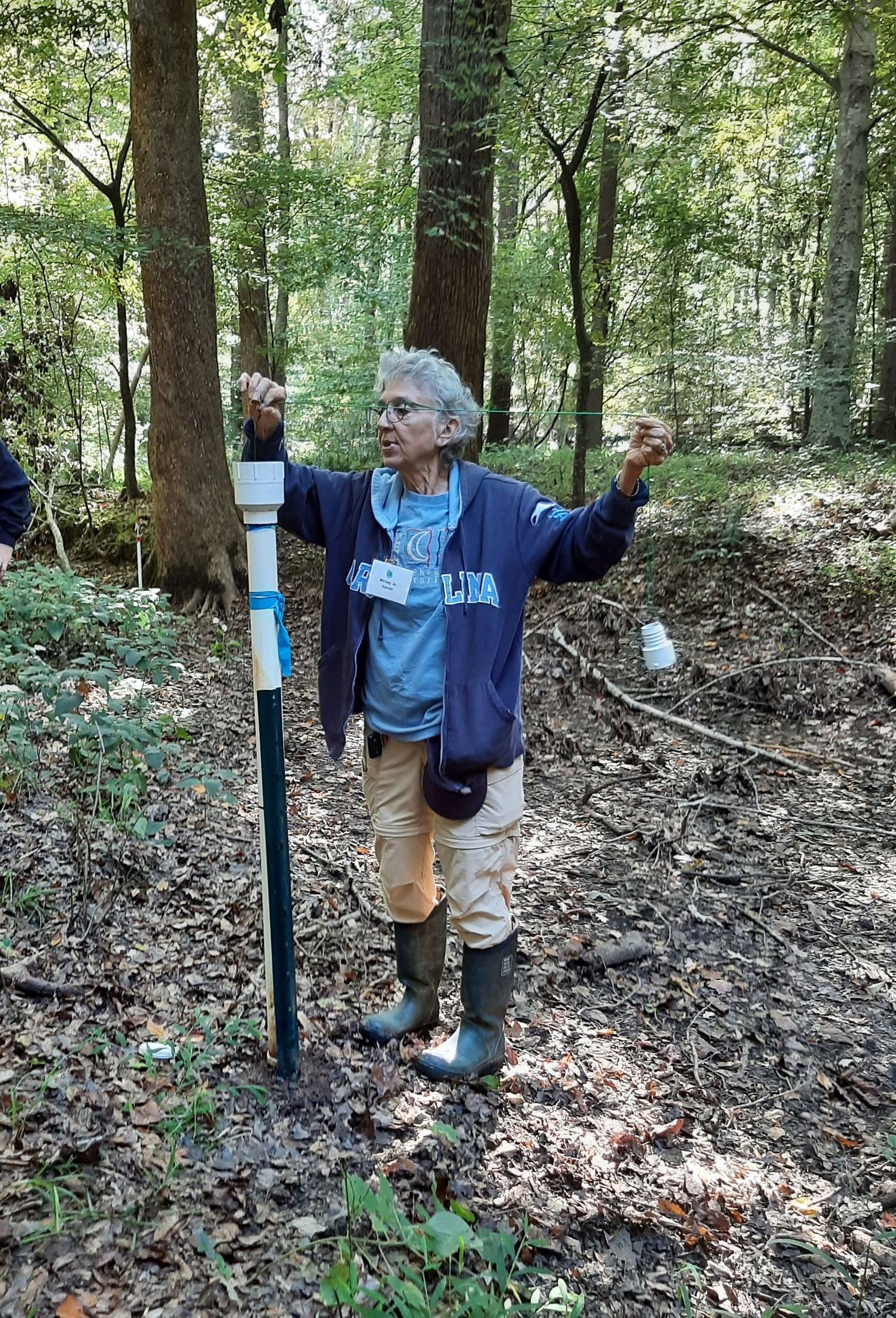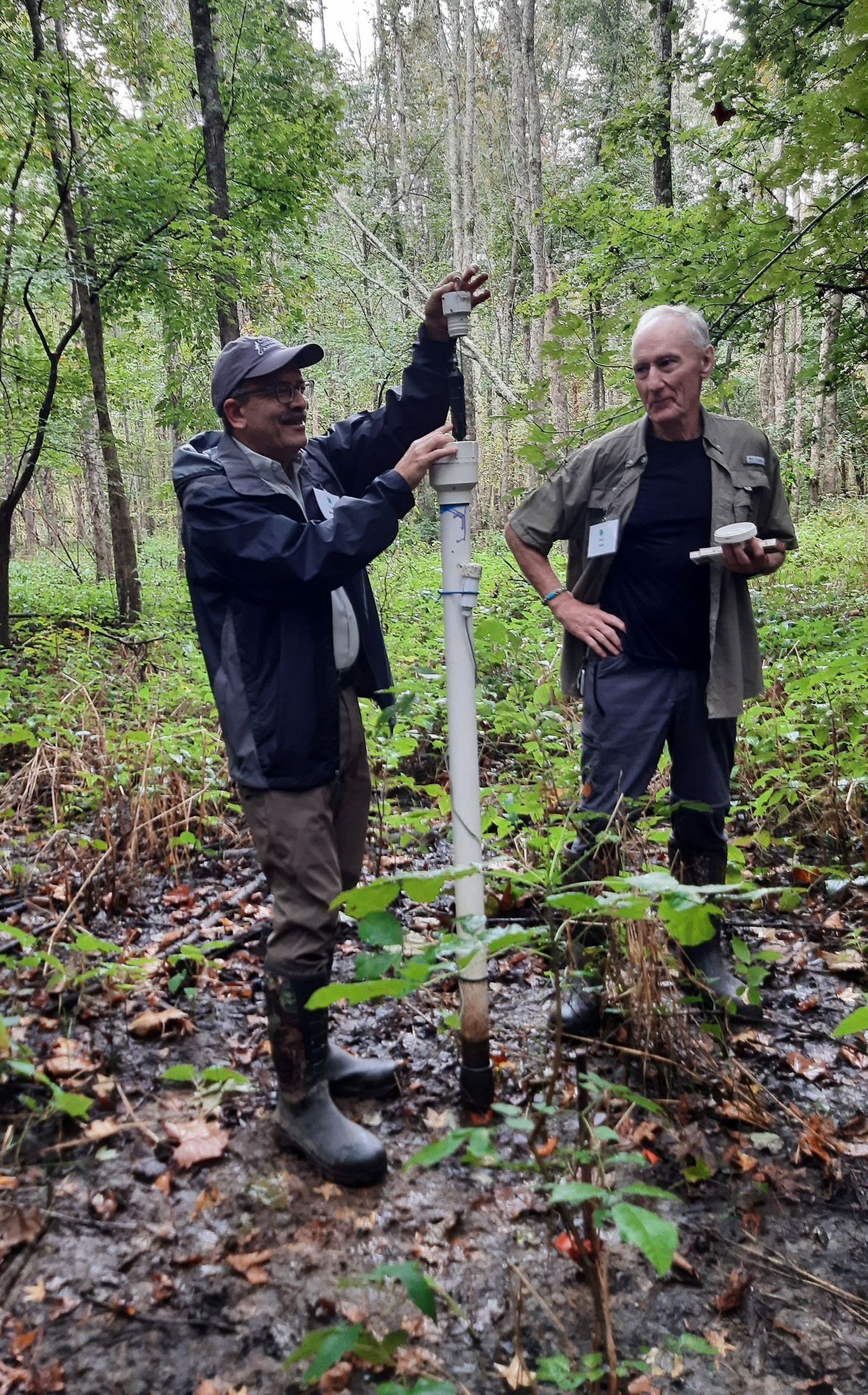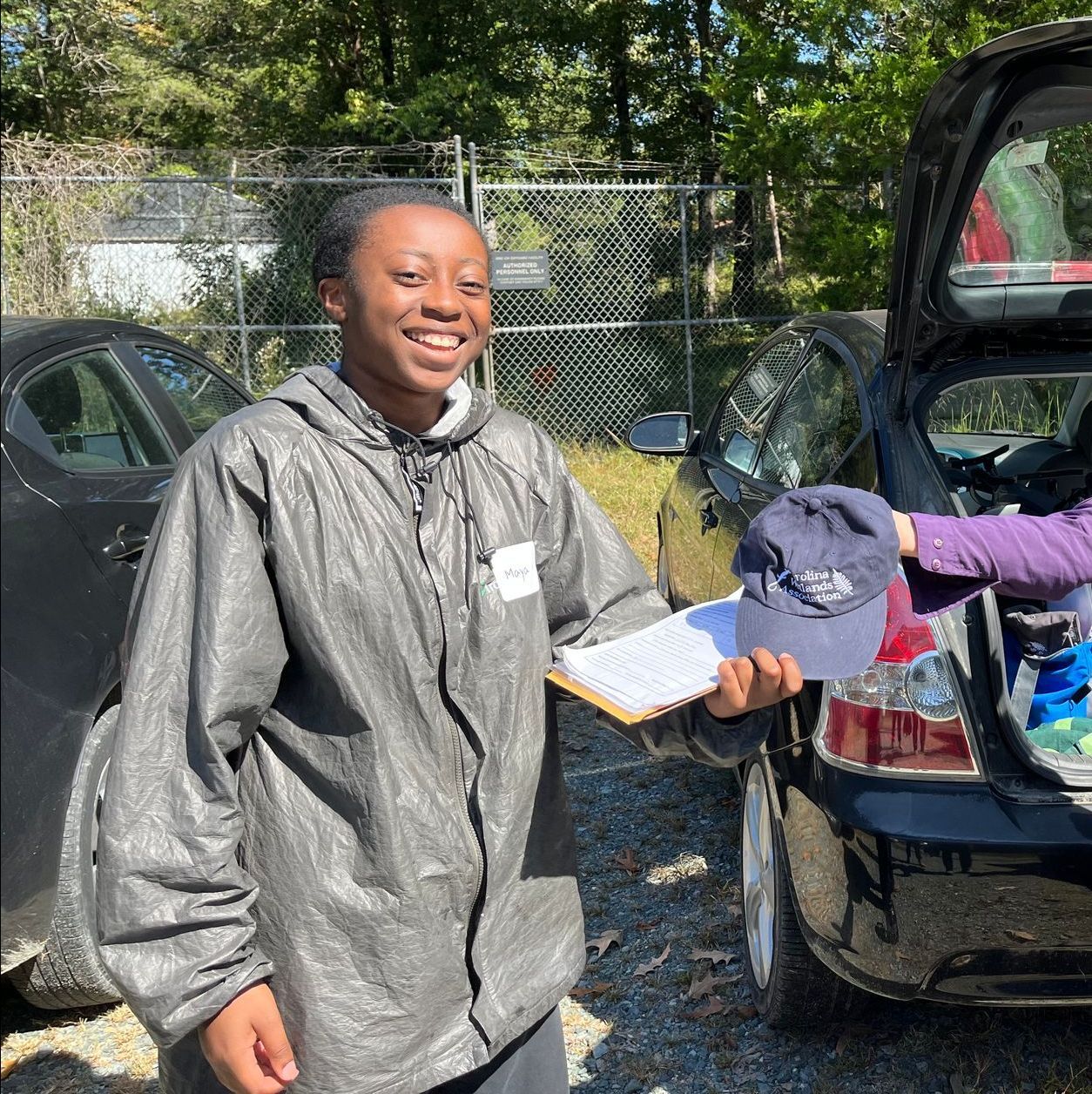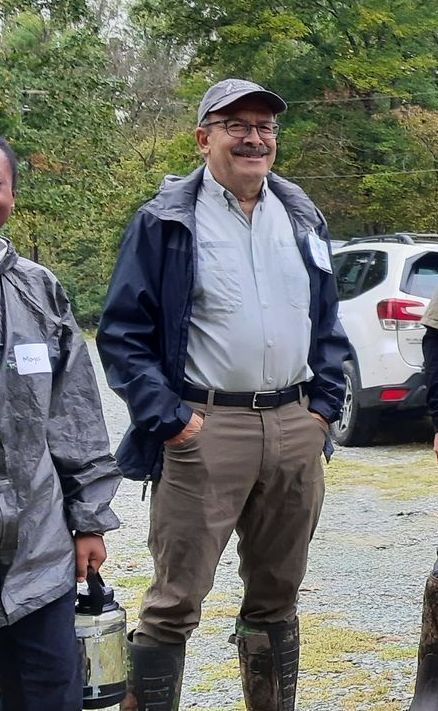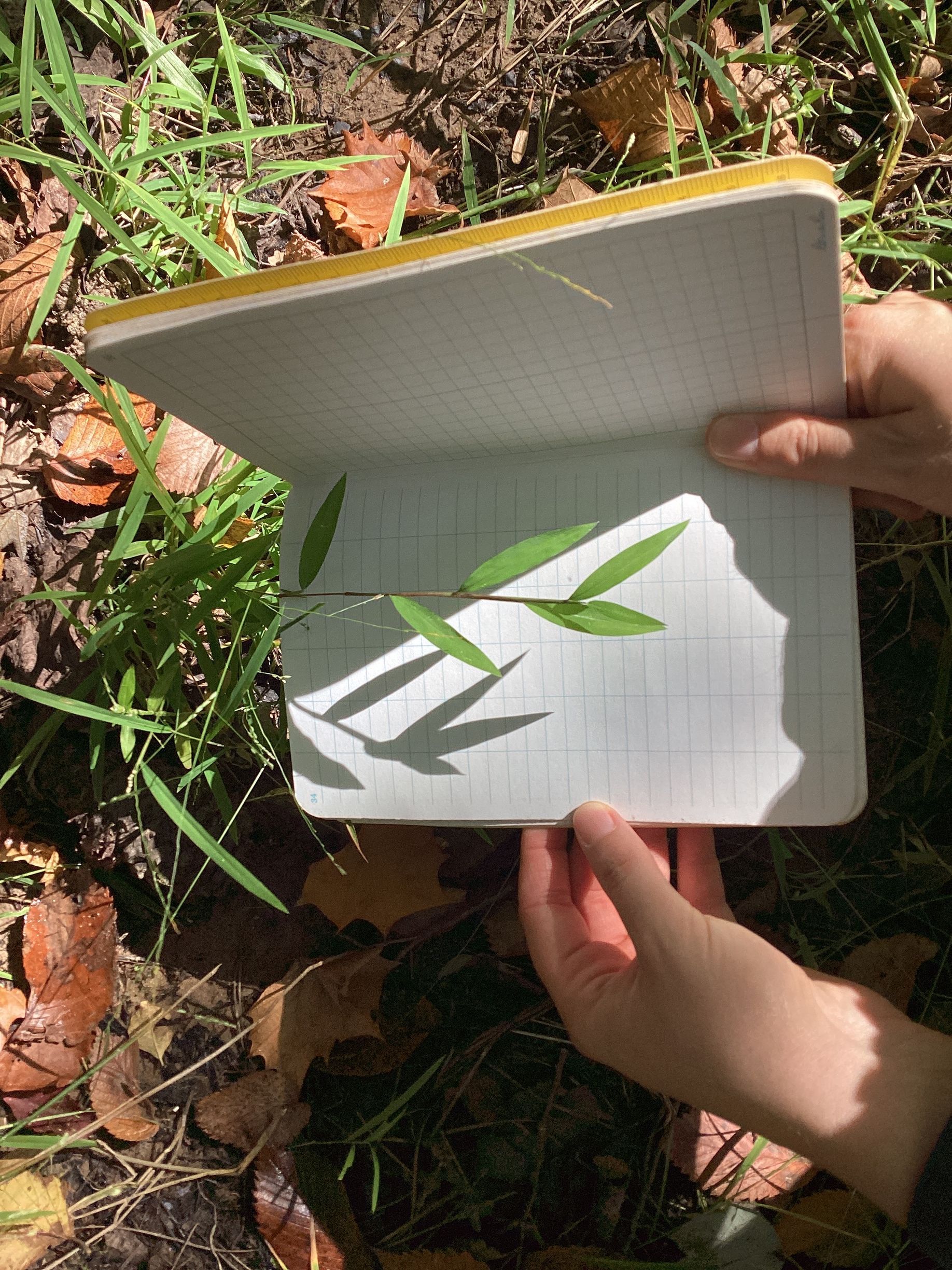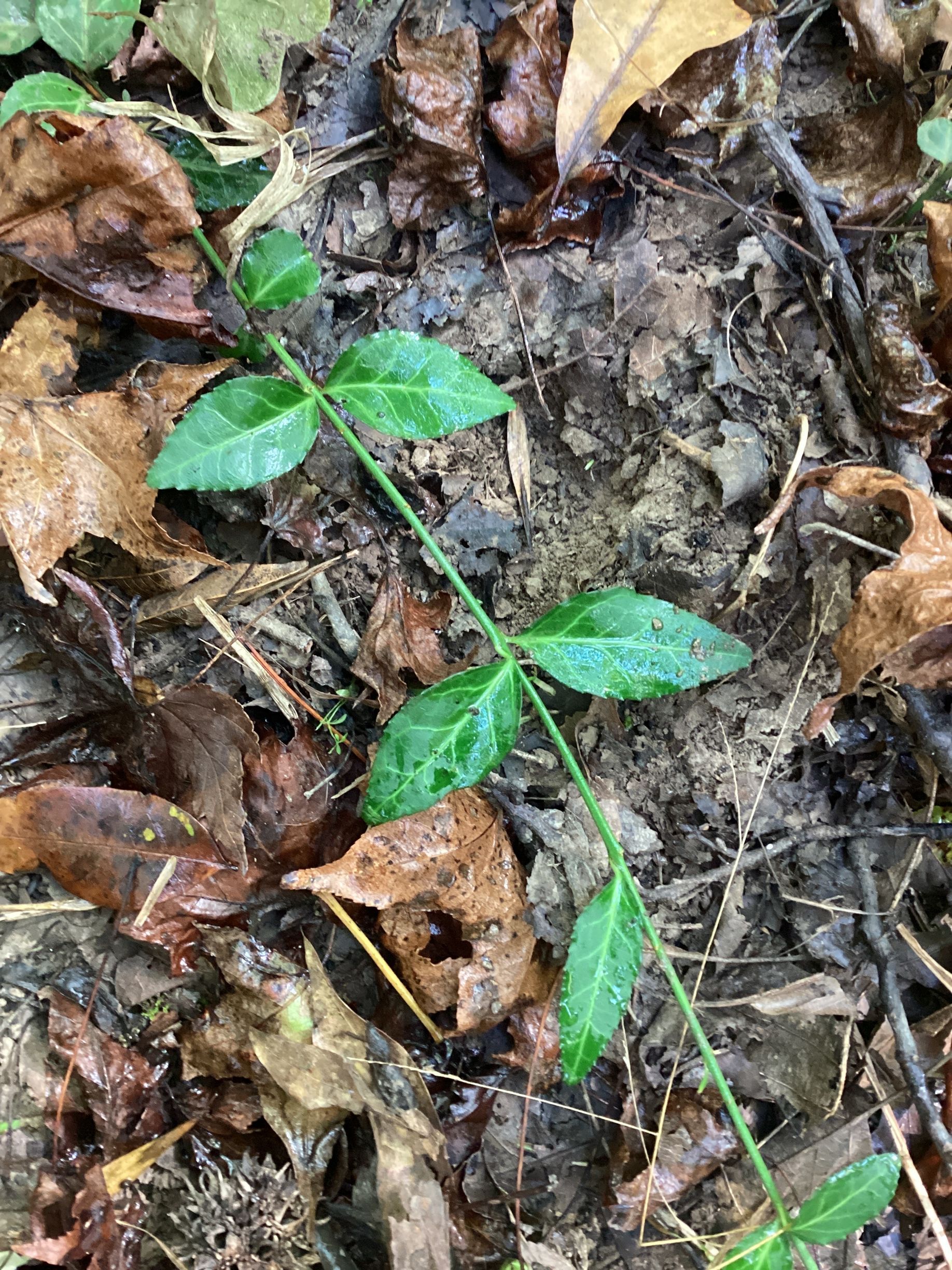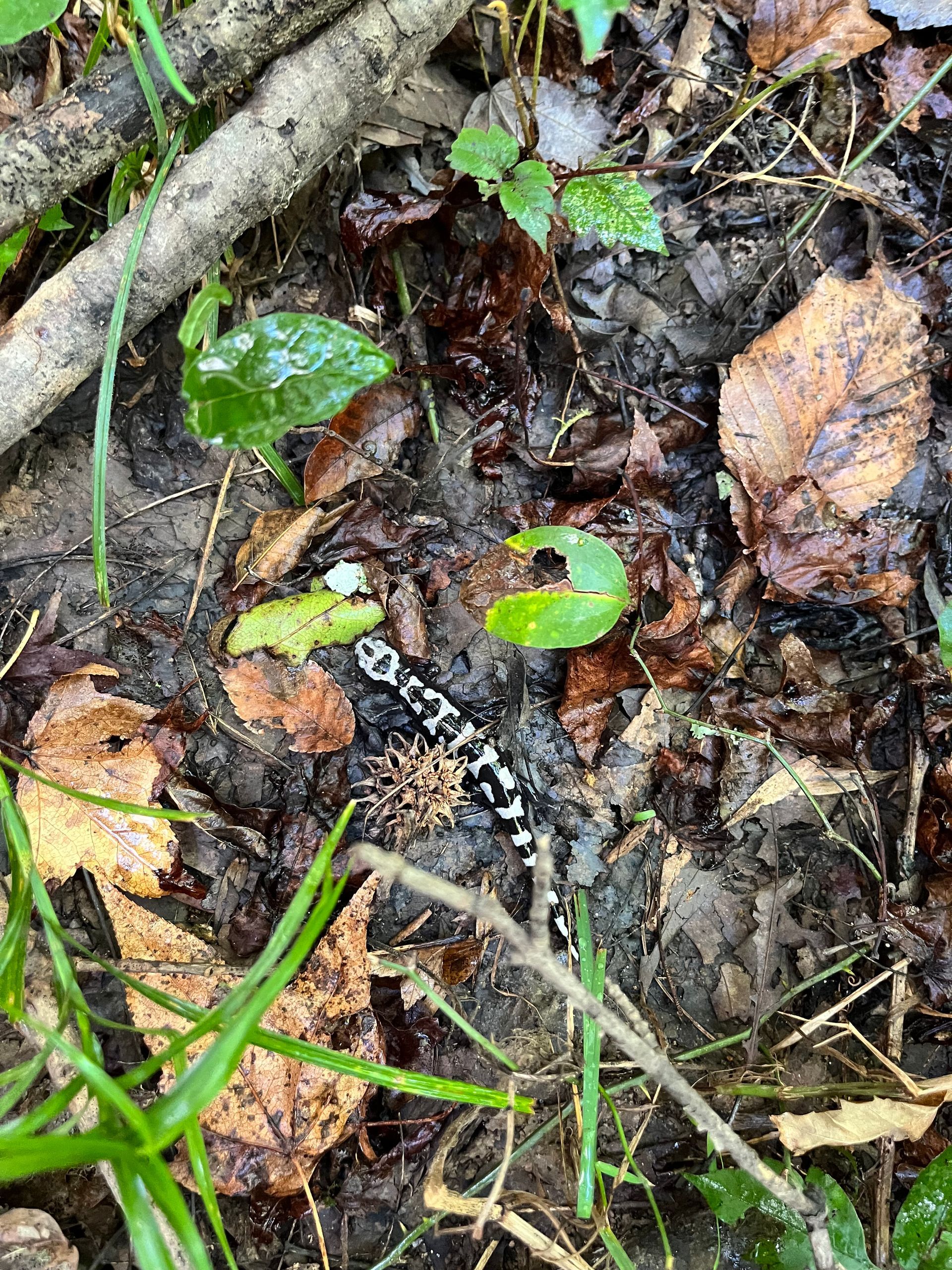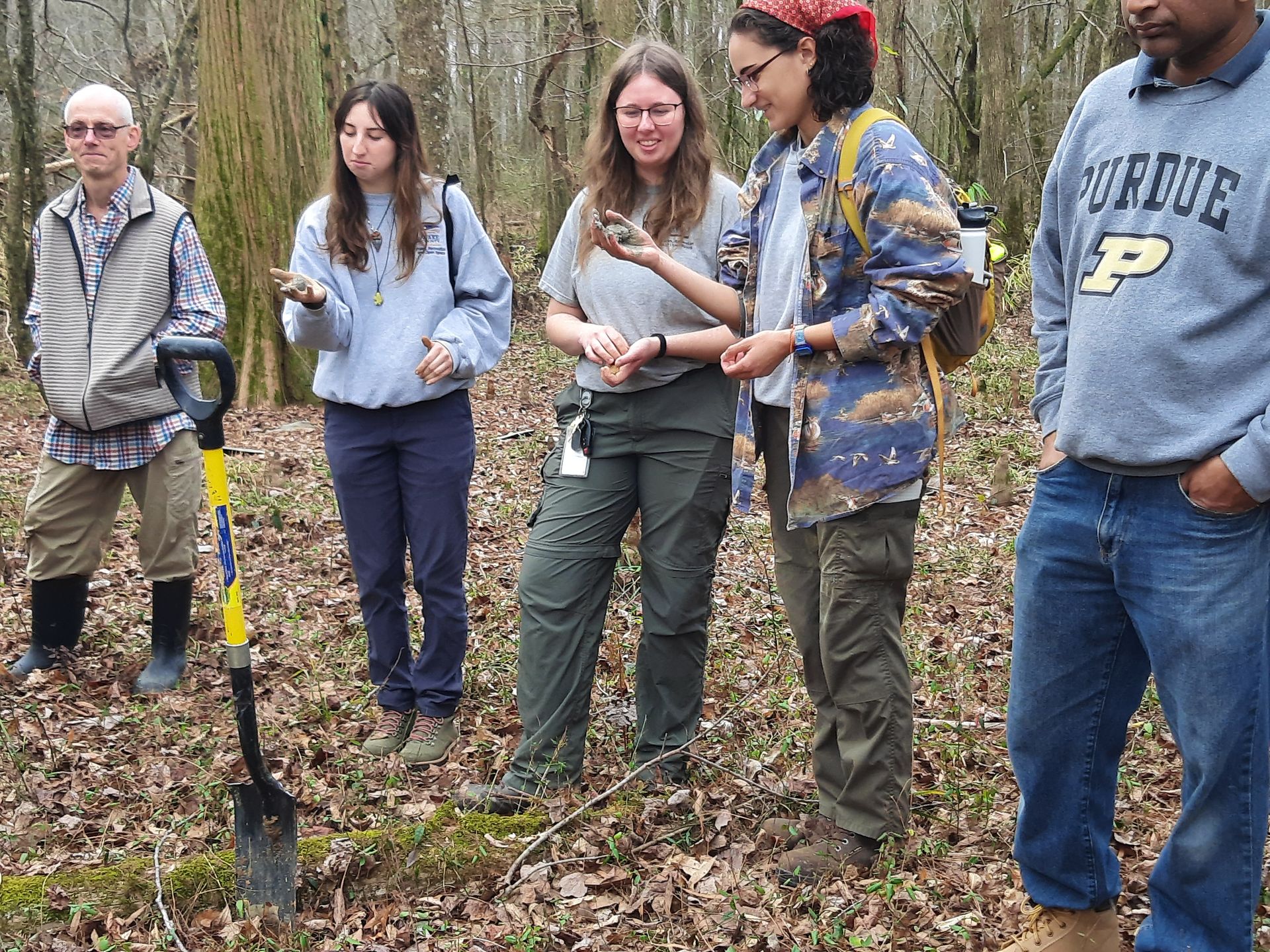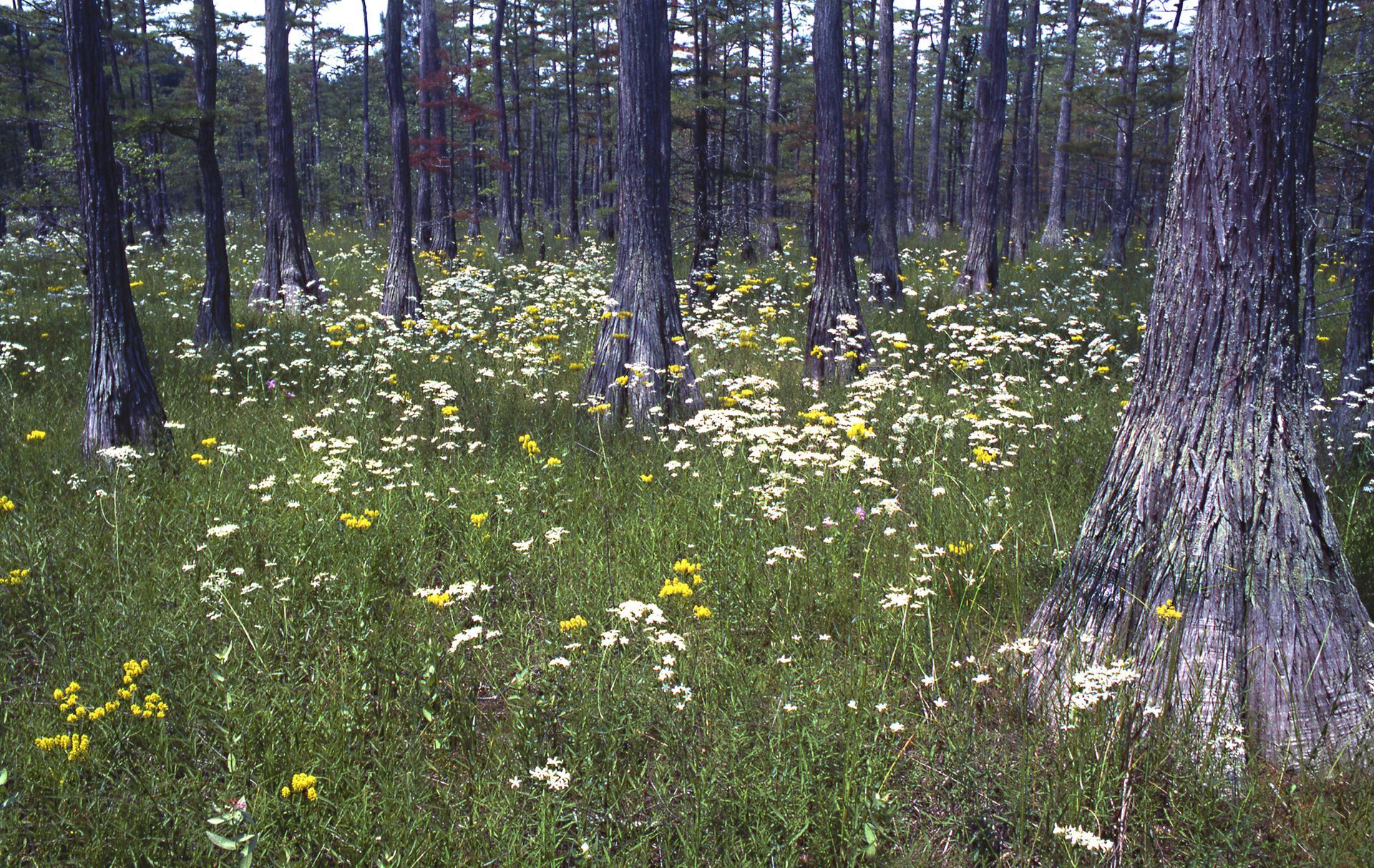Volunteer Leadership key to VWMP Fall 2023 Monitoring
Thank you to all our wonderful volunteers for making our Fall 2023 monitoring a success!! We are so grateful to our volunteers who were able to remain flexible when our monitoring was interrupted by Tropical Storm Ophelia and scattered over three weekends. If you weren’t able to make it on our new dates, we hope you will join us for our other upcoming events and for our
next round of monitoring, the first weekend of December.
In addition to the great flexibility you showed, we must give a big round of applause to the volunteer leadership that was shown during our monitoring.
Special thanks to Mickey Jo Sorrell, Paul Jadot, and Tom Schwarcz for stepping up to leadership roles in our monitoring efforts.
This quarter, they volunteered to lead our water quality and hydrology monitoring and did a fantastic job explaining our methods, encouraging other volunteers, and collecting quality data.
Beyond field leadership, we also want to thank Michael Stokes, Leigh Aultman, Caleb Brownfield, and Riley Westman for helping us behind the scenes to check over our data and do quality assurance and quality control of our data. With their help, we are able to ensure that our data is of high quality. If you are interested in being involved in this process, please let me know!
Thanks also to our amazing volunteer Principal Investigator, Amanda Johnson, who has spent many, many hours helping to design our protocols, train volunteers, check data, and plan. Even though she wasn’t able to join us in the field this quarter, she prepared the information we needed on Natural Communities and Invasive Species at our sites. You can read more about Amanda’s amazing work here.

Congratulations to our wetland warriors:
Maya Hardison, who reached 25 hours volunteering with us and received her Carolina Wetlands Association hat.
and
Tom Schwarcz, who reached 50 hours volunteering with us and received a Carolina Wetlands Association magnet.
We have been monitoring for almost 2 years and we hope that more of our monitoring will be led by volunteers in the future. Please keep a look out for more opportunities to take leadership roles with monitoring in the field and behind the scenes. We hope that the excellent commitment and leadership of our volunteers will help keep our monitoring program going for a long time.
If you volunteered with us this quarter, we would love to have your feedback about the monitoring experience, what we did well, and how we could improve. Please help us, by filling out this brief (5-10 minute) survey.
In addition to our awesome volunteers, we were joined this quarter by staff from Wake County and Hemlock Bluffs that talked us through invasive species mapping and management at their sites. They also helped us look for and map invasive species on site. With their help, we were able to not only map the invasive species that we expected to find (Chinese privet, Japanese honeysuckle, and Japanese stiltgrass), but also identify Bradford pears, marsh dewflower, and thorny olive on site. As we became aware of the prevalence of many of these invasive plants at our sites, it became difficult for us not to want to immediately start removing them. You can read more about some of these common invasives, here. If you want to contribute to invasive removal, please join us on Friday, October 27 at Mason Farm Biological Reserve to learn more about invasive species at that site and help with hands-on management.
We also discussed the unique natural communities that we find at our three sites, including the furthest north and west example of a Cypress Gum Swamp in NC, a population of Hemlock trees usually found further west in the mountains, floodplain pools, and a Piedmont Swamp Forest restricted to the Triassic Basin in the eastern most portion of Orange County. You can read more about the natural communities at our site, at the links below.
Overall, our sites were fairly dry. We had no standing water in the pools at Hemlock Bluffs and thus were not able to take any water quality samples there. Even at Mason Farm, water levels were very low.
Although we weren’t doing an amphibian survey, we did see frogs, salamanders, and snakes as well! It’s never a dull day in the wetlands.
You might also like
